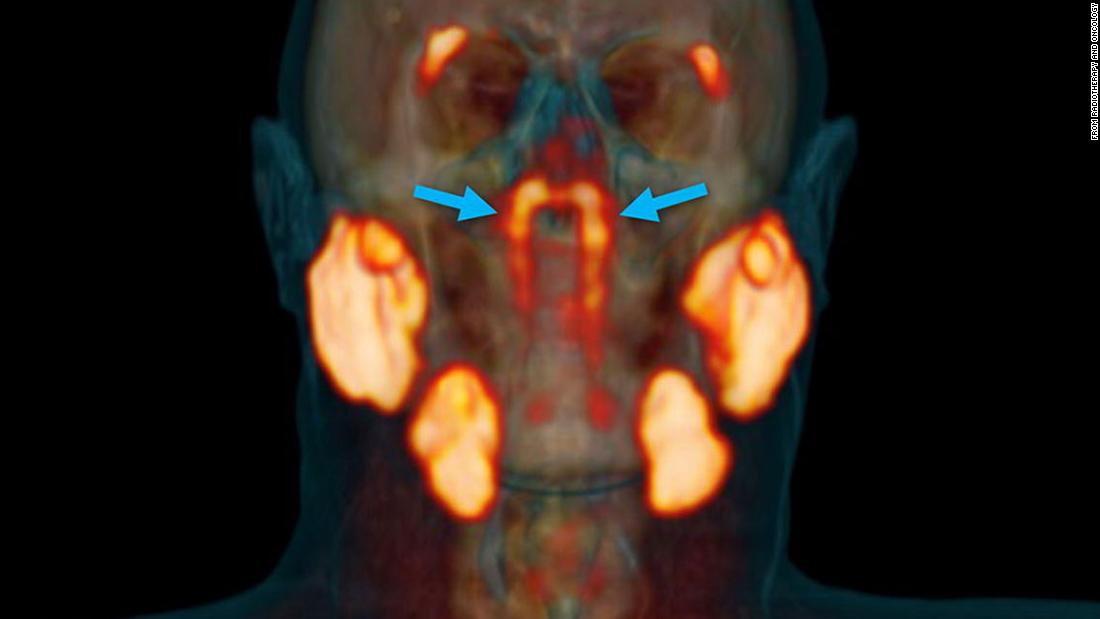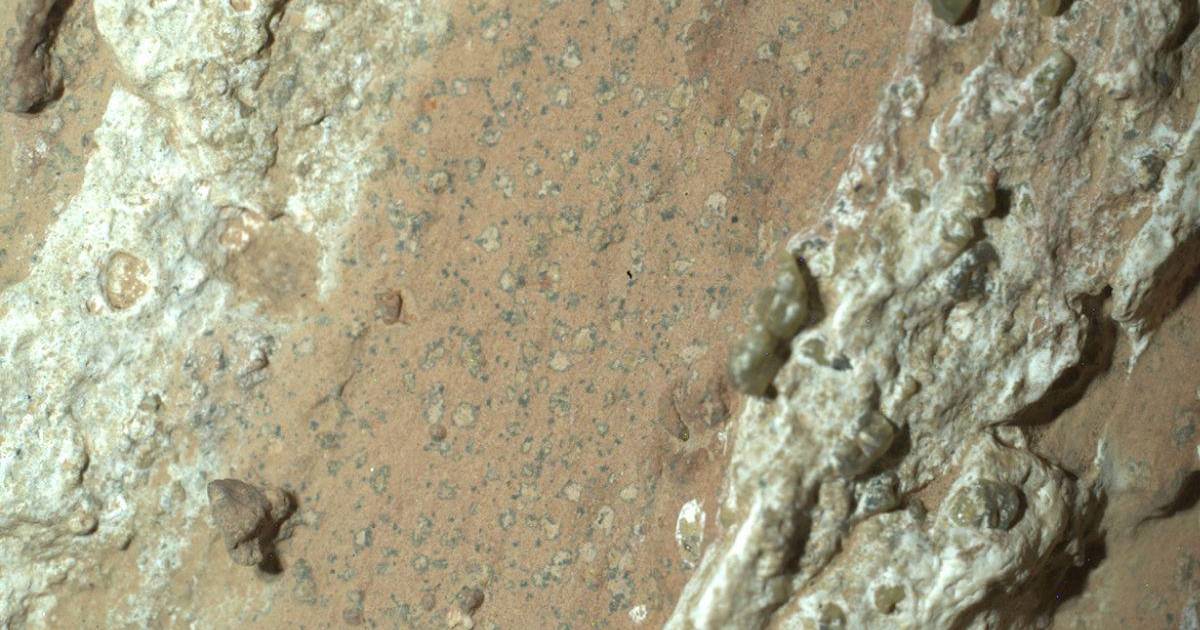But a team of scientists from the Netherlands believes. They said they found a pair of previously unnoticed glands hidden in our skulls that meet the nasal cavity and throat.
Medical researchers During a scan designed to see tumor growth, it first came across the body area, which suggests naming for the tubular glands. The scientists then looked at the head and neck scans of another 100 people they were treating For prostate cancer, separate the two bodies – a male and a female. They all had a set.
The discovery was “exciting,” but the authors were initially “a little skeptical,” said Mathiez H., the study’s lead author. Said Wallstar, a surgeon in the Department of Head and Neck Cancer and Surgery at the Netherlands Cancer Institute.
“We thought we couldn’t figure this out in 2020,” Wallstar said. “It’s important to copy, it’s to be done with different series of patients. It is important to confirm new clinical findings.”
The authors of the study said that the glands could not be seen by conventional methods of medical imaging, such as ultrasound, CT scan (computerized topography) or MRI (magnetic resonance imaging).
Salivary glands are clearly visible in this most important type of imaging.
Many great scientific discoveries have “come as a surprise – a coincidence,” said Joy Reidenberg, professor of anatomy at the Icon School of Medicine in Mount Sinai, New York.
“Fortunately, these researchers were incorporated into the data and were anatomically interested in observing abnormal brightness in a region that was not considered to have any salivary glands,” Reidenberg added via email. “As the famous (late French biologist) Louis Basher once said: ‘Opportunity to support the prepared mind.'”
New element?
Whether the duodenal glands could be considered a completely new organ or part of the salivary gland organ system was debatable.
Glands may be newly discovered, “but it is difficult to rule out that these may represent groups of small salivary glands,” said Dr. Valerie Fitzschk, interim president of pathology at Rutgers New Jersey Medical School and Rutgers Robert Wood Johnson Medical School. Fitzshock was not involved in the study.
He added that since the study was centered on a small number of patients, mostly male, and used more specifically than standard tests, testing more women and healthy patients would allow better data.
Overall, “there is still a lot to learn about the human body, and technology allows us to make these discoveries. It may be the first of some amazing discoveries within the body,” Fitzgerald said.
Regardless of how the glands are described, their findings have clinical implications, especially for those with cancer of the head and neck, including tumors in the throat or tongue. Radiation therapy can damage the salivary glands, making the mouth dry and making it difficult to swallow, speak and eat.
“For most patients, it should be technically possible to avoid irradiating this newly discovered site of the salivary gland system, as well as trying to avoid known glands,” Vocal said.
“Our next step is to find out how best to preserve these new glands. If we can do this, patients may experience fewer side effects, which will benefit their overall quality of life after treatment.”



:max_bytes(150000):strip_icc()/WilliamLevy-9d1412ad3c01443498e58ed956f6242c.jpg)

